Your investments didn’t do so well, but the CFO and CFF balance it out and https://www.bookstime.com/ bring you to a positive net cash flow (yay!). When the NCF figure is positive, the business reflects making money and positive growth. On the contrary, if the figure obtained is negative, it indicates that the business is losing money. Businesses can have a look at the NCF from time to time for comparison and find out which strategies and tactics are working for them and what are the things to be avoided. In short, the calculation not only helps businesses assess their performance but also have improved strategies planned and implemented for growth.
- We happen to know a great accounting tool that can help you with that (wink wink).
- Net cash flow is the difference between your cash inflow (the money going into a business) and cash outflow (the money leaving it).
- Net cash flow shows you how much capital you currently have on hand and whether you have enough to cover the costs of your day-to-day business operations.
- The Net Cash Flow Formula (NCF) refers to the mathematical equation that helps calculate the cash flow of a company during a period.
- Adding up these three cash flows, you conclude that the DCF of the investment is $248.68.
Net Cash: What It Is and How It’s Calculated

When companies keep detailed cash inflow and outflow records, it’s easier for them to see what’s working and what isn’t. The more data that’s available to you, the easier it will be for you to create financial projects and create a growth strategy for your business that’s healthy and sustainable. Besides having different formulas, they also serve different purposes. Net cash flow helps you determine the solvency, working capital, and management efficiency of your business, while net income determines only your end profits. Net cash flow is the difference between your cash inflow (the money going into a business) and cash outflow (the money leaving it).
Moving forward with net cash flow

On the other hand, consecutive months with positive cash flow can be a sign that your business is thriving. Net cash flow (NCF) is a metric that tells you whether more cash came in or went out of a business within a specific period of time. Whereas if more money went out, the result would be a negative cash flow.
Net Cash Flow Formula Definition & How to Find It
A business’s net cash flow (NCF) is an indicator of its financial health over a specific period of time. Calculating net cash flow involves subtracting operating activities from the company’s net income. It can help you understand if your company has a positive cash flow or needs more money to ncf formula run effectively.This guide will share the net cash flow formula and how to calculate net cash flow.
Net cash flow doesn’t always tell the entire story

It’s not uncommon to have negative cash flow in the early days of your small business. You need to invest in new equipment, an office, marketing, new hires, and more. Banks and investors understand this, which is why they want to see your financials and analyze your cash flow trends before loaning you their money. Company XYZ has been operating in the manufacturing business for ages.
- Estimating too highly will result in overvaluing the eventual payoff of the investment.
- For instance, if your clothing company just bought a new set of sewing machines, this would be an investment activity that should be reported here.
- However, it doesn’t always show an accurate picture of your company’s financial status.
- We will first categorize the sources and applications of funds in the three activities which are Operating, financing, and investing.
- By looking at trends, you can see whether net cash flow is consistently increasing or decreasing and how this relates to revenue-driving activities, capital investments, or debt financing decisions.
What is the net cash flow formula?
Adding up these three cash flows, you conclude that the DCF of the investment is $248.68. https://x.com/BooksTimeInc Two, select a discount rate, typically based on the cost of financing the investment or the opportunity cost presented by alternative investments. Three, discount the forecasted cash flows back to the present day, using a financial calculator, a spreadsheet, or a manual calculation.

Cash Flows from Financing Activities
Your net income from this sale would be $120 even though you’re being paid in installments over a defined period of time. Repeated periods of positive net cash flow are a good sign that your business is ready to expand, whereas repeated periods of negative net cash flow can be a sign that your business is struggling. Discounted cash flow and net present value are not the same, though the two are closely related. After forecasting the expected cash flows, selecting a discount rate, discounting those cash flows, and totaling them, NPV then deducts the upfront cost of the investment from the DCF. For instance, if the cost of purchasing the investment in our above example were $200, then the NPV of that investment would be $248.68 minus $200, or $48.68. It is an analysis that can be applied to a variety of investments and capital projects where future cash flows can be reasonably estimated.
